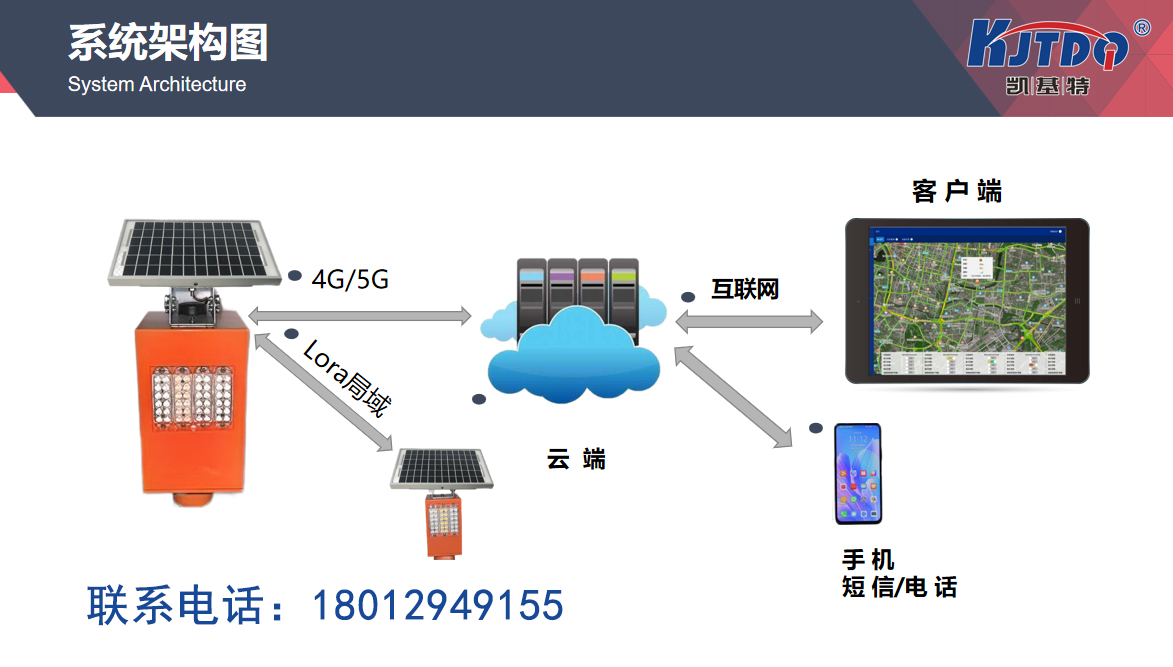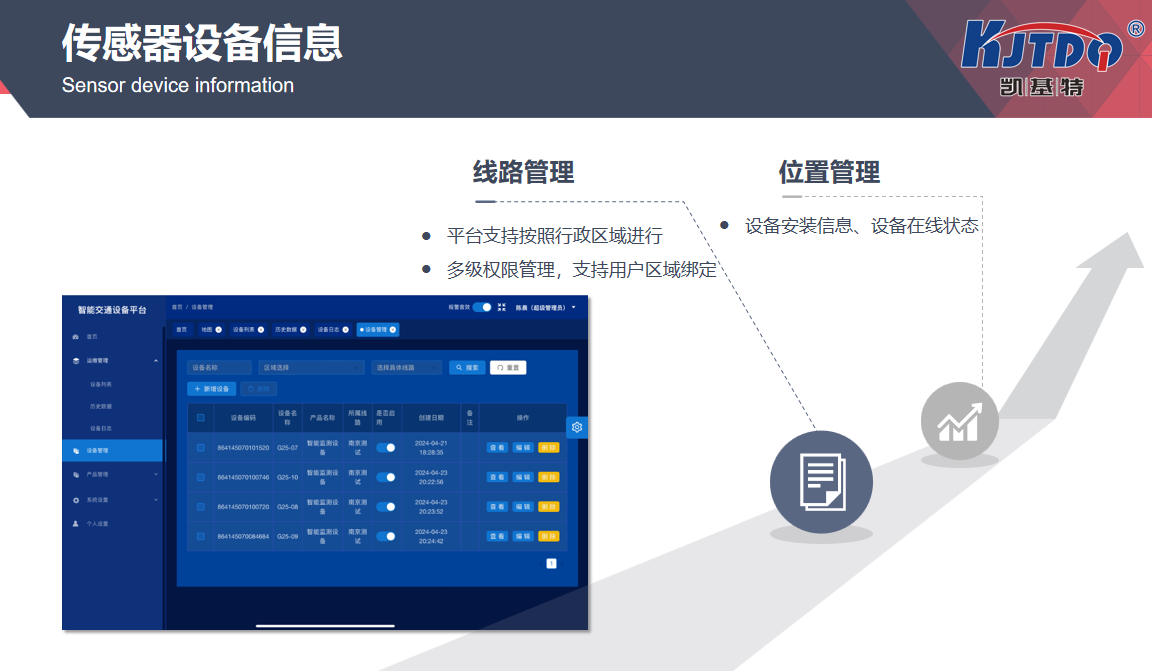In the process of modern urbanization, bridges, as important transportation hubs, bear enormous pressure on daily transportation and pedestrian flow. With the continuous increase of traffic flow and the increasingly serious problem of bridge aging, the introduction of real-time warning systems for bridge structures has become particularly important. It can not only comprehensively monitor the health status of bridges, but also timely detect potential structural problems and prevent possible catastrophic accidents. Through high-tech means, this system greatly improves the safety of bridges and provides strong support for public transportation and urban development.

The core of real-time warning for bridge structures lies in its ability to monitor the structural status of the bridge in real time, preventing and reducing the occurrence of accidents. Traditional bridge inspection methods often rely on manual inspections, which are not only time-consuming and labor-intensive, but also prone to overlooking potential hazards. The real-time warning system collects real-time operational data of the bridge through various sensors installed on the bridge, such as strain gauges, accelerometers, and temperature sensors. These data can reflect information such as stress, vibration, and temperature of the bridge, thereby helping engineers understand the current state of the bridge. Once the system detects data anomalies or warning indicators exceeding the set range, it will immediately issue an alarm to remind relevant departments to conduct inspections and repairs. This timely warning can effectively prevent serious problems with bridges and reduce the impact on traffic and public safety.
Intelligence is another major feature of real-time warning systems for bridge structures. The system utilizes advanced data analysis techniques to comprehensively analyze real-time collected data and identify potential structural issues. For example, by analyzing the corresponding deformation data, the system can detect the deformation of the bridge under different loads and predict possible structural changes in the future. The system can also combine historical data and weather conditions to conduct intelligent risk assessment. This intelligent analysis not only improves the accuracy of early warning, but also reduces the need for manual intervention, enabling the system to operate and maintain automatically without human supervision.
The real-time warning system for bridge structures also has a wide range of application scenarios. Whether in busy city bridges or remote mountainous bridges, real-time warning systems can play a role. For example, in cities, the system can monitor the structural status of elevated bridges and major bridges in real time to ensure their safety under high traffic flow conditions. In mountainous bridges, the system can detect structural problems caused by geological changes or extreme weather conditions, providing timely warnings and preventing catastrophic accidents from occurring. In addition, real-time warning systems can be integrated with traffic management systems to achieve comprehensive management and monitoring of bridges, improving overall traffic safety and efficiency.
From a personal perspective, the promotion and application of real-time warning systems for bridge structures is undoubtedly an important progress. As an indispensable transportation infrastructure in our daily lives, the safety of bridges directly affects everyone's travel and life. By introducing a real-time warning system, we can better ensure the structural safety of bridges and reduce potential safety hazards. This not only protects our safety when using bridges, but also avoids social and economic losses caused by bridge accidents. Although the initial construction and maintenance costs are high, in the long run, this investment is worthwhile because it can provide us with a safer and more stable transportation environment.

Overall, the real-time warning system for bridge structures has improved the safety and management efficiency of bridges through high-tech means. With the continuous advancement of technology, future warning systems will become more intelligent and comprehensive, providing a more solid guarantee for bridge safety. I hope that in the future, we can see more bridge facilities equipped with advanced monitoring systems to ensure the safety of public travel. At the same time, we also hope that this technology can be applied and promoted in more fields, further enhancing our level of security management for infrastructure.
1. How can the real-time warning system for bridge structures cope with the challenges of extreme weather conditions?
The real-time warning system for bridge structures exhibits strong adaptability and reliability in dealing with extreme weather conditions. Extreme weather, such as rainstorm, snowstorm, strong wind, etc., poses a serious threat to the safety of the bridge structure, which may lead to bridge damage or accidents. The system integrates multiple sensors to monitor the real-time impact of weather on bridge structures. For example, the system can monitor rainfall recorded by rain sensors, wind speed recorded by anemometers, and temperature changes recorded by temperature sensors. These data help the system determine whether weather conditions have had adverse effects on bridge structures. When extreme weather conditions are detected that may cause damage to the bridge, the system will automatically issue a warning signal and recommend specific response measures, such as restricting passage, strengthening maintenance, or emergency inspections. This intelligent warning can provide additional protection for bridges in extreme weather conditions, reducing safety hazards caused by weather.
2. How can the real-time warning system for bridge structures ensure the accuracy and reliability of data?
Ensuring the accuracy and reliability of real-time warning system data for bridge structures is the core of system design and operation. The system monitors various physical parameters of the bridge, such as strain, acceleration, temperature, etc., by deploying high-precision sensors. These sensors require strict calibration to ensure the accuracy of the data. The system will also use data fusion technology to comprehensively analyze the data from different sensors, so as to improve the accuracy of the overall data. In addition, the system also includes data validation and anomaly detection mechanisms, which identify possible anomalies and make corrections by comparing historical and real-time data. If abnormal data is detected, the system will perform a secondary confirmation to avoid false positives. Regular maintenance and calibration work is also very important to ensure that sensors and data processing modules are always in optimal condition, thereby guaranteeing the accuracy of data and the reliability of the system.
3. How to evaluate the cost-effectiveness of real-time warning systems for bridge structures?
Evaluating the cost-effectiveness of real-time warning systems for bridge structures requires consideration from multiple perspectives. Firstly, the construction and maintenance costs of the system are the main factors that need to be considered. The initial investment includes the purchase of sensors, installation of systems, and software development and debugging costs. In the long run, system maintenance and updates are also a continuous expense. Secondly, it is necessary to evaluate the effectiveness of the system, including reducing traffic accidents and maintenance costs caused by bridge failures, as well as minimizing the impact of accidents on public safety and economic losses. For example, timely detection of structural problems in bridges can prevent potential catastrophic accidents and avoid the high costs of large-scale bridge repairs and traffic disruptions. The benefits of the system are not only reflected in direct economic savings, but also in improving public safety and reducing social costs. Therefore, by comprehensively considering the construction cost and long-term benefits of the system, its cost-effectiveness can be comprehensively evaluated.